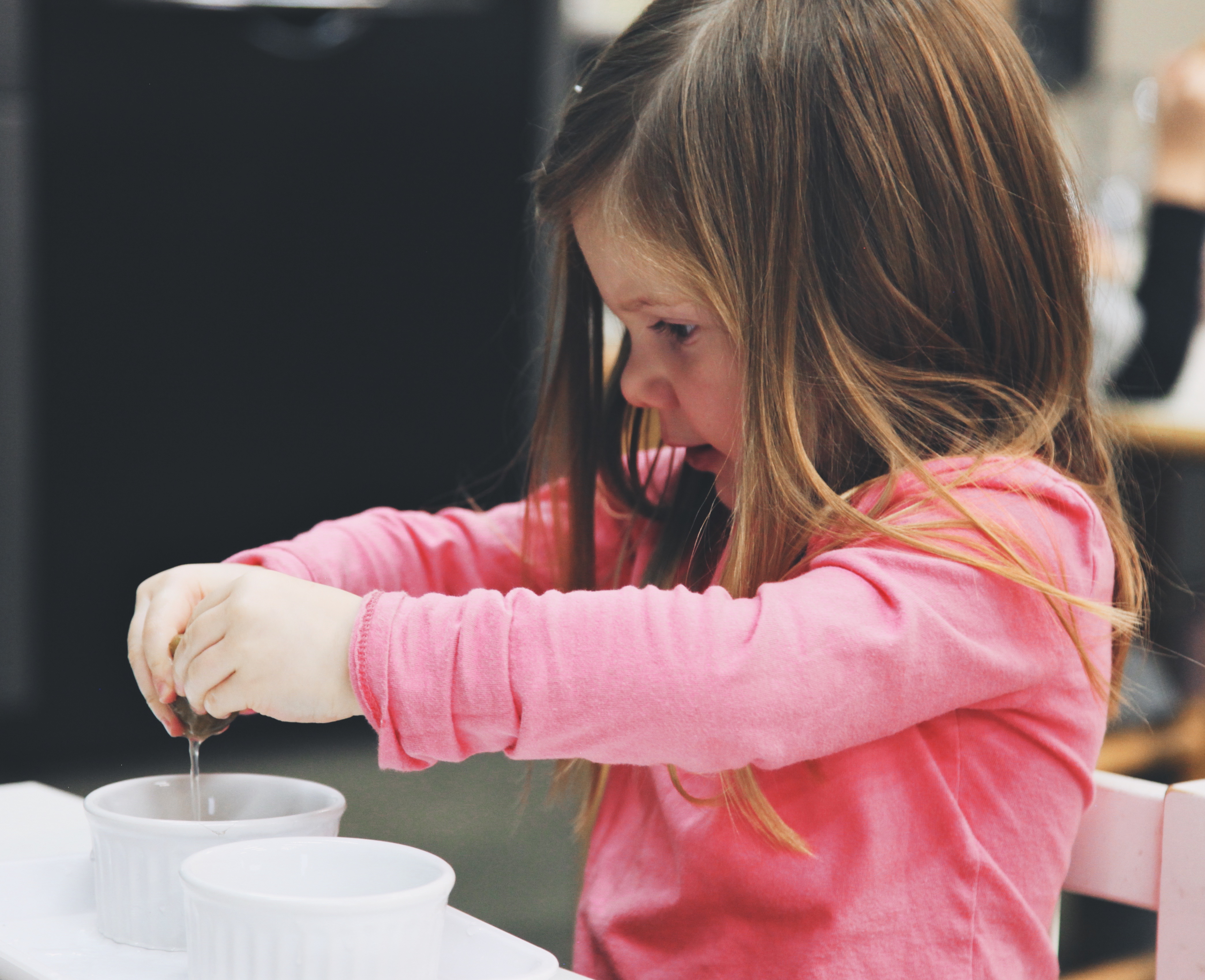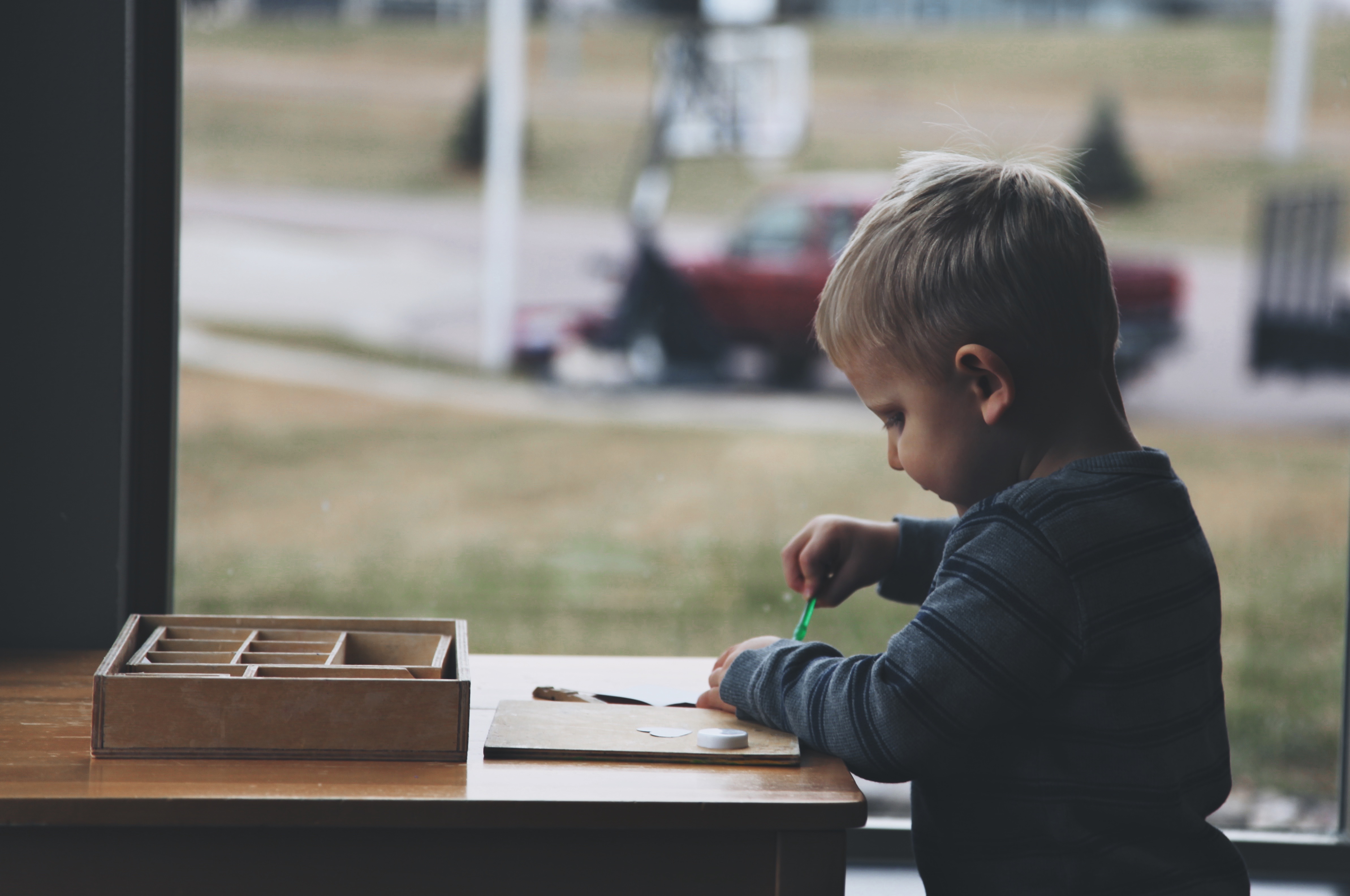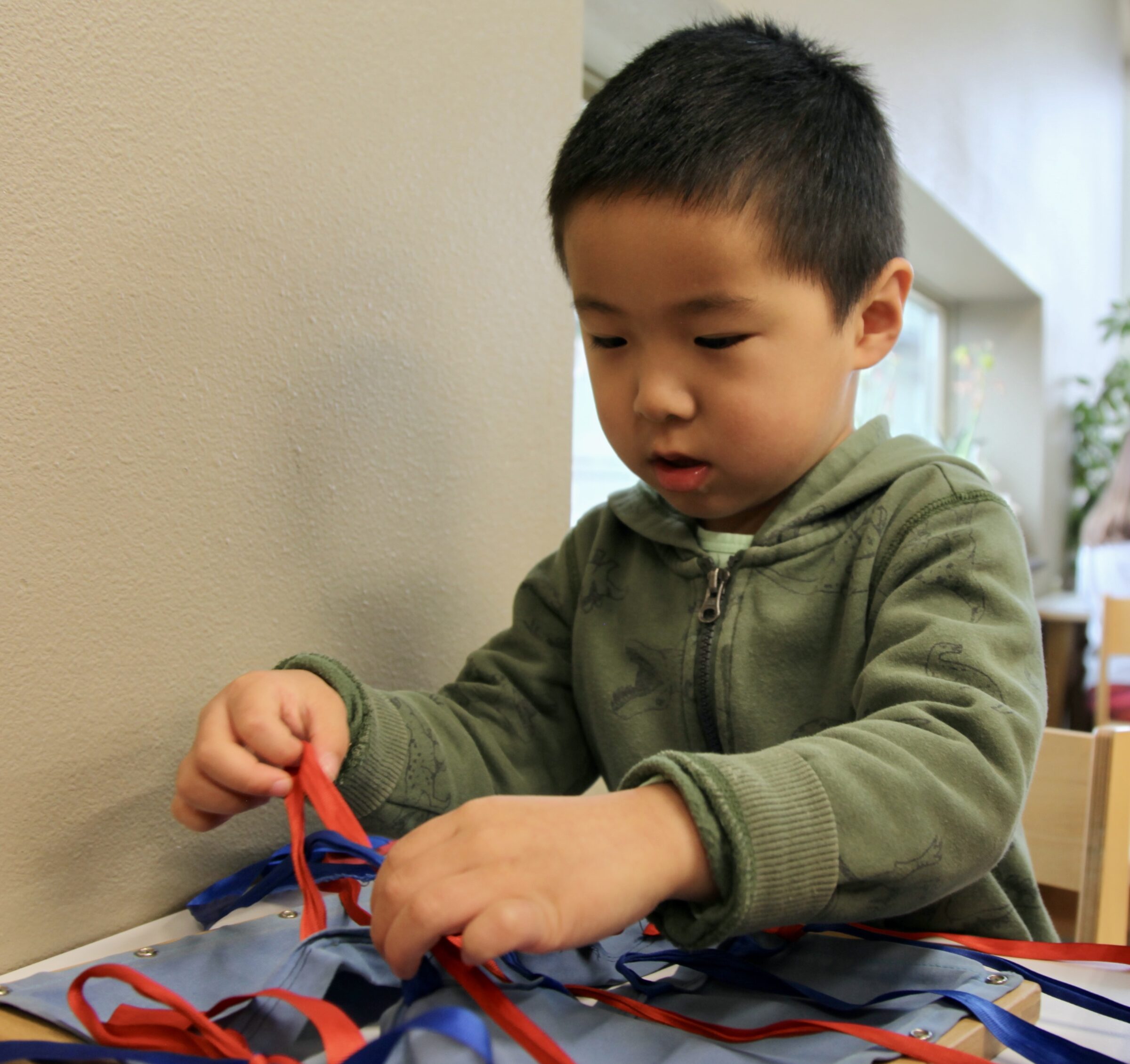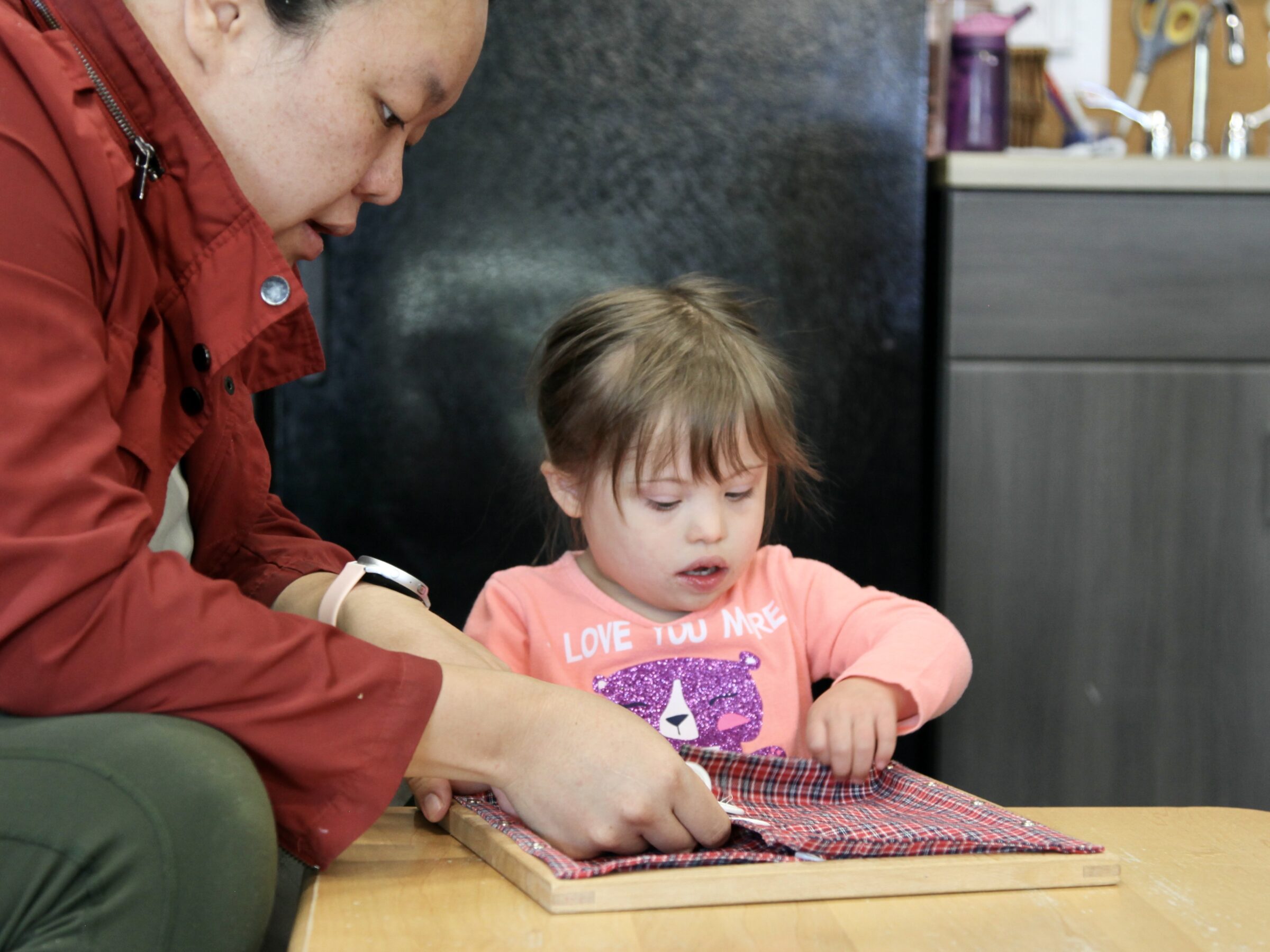Tidy Like At School
Podcasts
If we were to play a word game, thinking of ways to describe the Montessori classroom, a few words might naturally emerge. Even without knowing what happens in this space, even without the children and the magic that happens when small hands connect with just the right material at just the right time, a casual observer could make a few notes.
“Tidy” would undoubtedly come up.
Tidy as an adjective. This space is tidy. Everything is Just So. A place for everything and everything in its place. Small objects arranged beautifully, baskets and boxes aligned to the front of the shelf, the pencils arranged within their cup.
Tidy as a verb. Let’s tidy the shelves prior to lunch. Which shelf would you like to tidy? May I show you how to tidy this work so it’s ready for the next person to use? The children know where everything belongs, and they put things away to the best of their abilities. A five-year-old carefully winds the bead-stringing lace around three fingers and tucks the cord in the basket, a three-year-old exactingly brings each tray to the very edge of the shelf.
Tidy.

It’s something we notice, right away. How this space looks, and how the children here care for it. It’s also something we wish would make its way home. She always hangs her coat up at school, we’re always looking for it at home. He never leaves his work out at school, but I would shout with joy if one day passed when I didn’t step on a tiny block.
Why is this?
The first reason is simple. It’s home! We don’t tend to our private life in the same manner as we are rigorous with our public selves. Our behavior, language, attire all are more casual at home, and children beautifully embody the space where they are, and are incredibly adaptable.
When I’m done with a book at home, I simply put it beside my chair. When I finish my coffee, perhaps I put the cup in the dishwasher, though, more likely, I set it in the sink, to deal with later. Laundry doesn’t always end up in the hamper.
And yet, in the classroom, books never go on the floor, a plate always goes in dishwashing when we’re done with snack, and I would be looked at in horror if I dropped a spill cloth “near” the laundry basket.
Here, we do things the right way. Always.

There’s a space and a routine for everything, and we all adhere to these agreements.
At home, there might or might not be a space, there’s probably a routine, but we will still be loved even if we don’t always follow the rules. Perhaps it’s part of our charm, leaving half-drunk glasses of water around until the cupboard is empty.
We’re allowed to want to change this. We’re allowed to want more, for our home life, and for our children, to instill in them the good habits we’re trying so desperately to gain as adults. But it takes more than simply noticing, you do this at school, but not at home. Here are a few tools.
- First, at school, everything has a place. Each child has a hook just at their level, so coats can be hung up. Each material has one space, so we know where to put it when we’re finished. Is this possible at home? Yes, perhaps, but some things might need to be adjusted.
- Next, we model using the tools around us. We are rigorous in putting things away, fastidious in tidying. At the end of each day, the classroom is immaculate, spotless, so children have a sense, this is how things belong. This is how things are supposed to be. If I always see this work this way, why would I put it back any differently?
- Finally, we’re here to help. We provide scaffolding and gentle reminders. We have older children to help tidy the library, or to arrange the boxes with care, or to roll rugs so they’re standing up tall like trees. We ask, “Can I show you how to put this away?” and that presentation is as joyful and important and given with as much care as the one showing the child what to do with this material.
Additionally, we have a benefit of knowing, this is a process. We’ve seen so many children learn how to do this, so many children grow into caring for their things, and we know the path it follows. When all you know is the end result, you’re at a bit of a disadvantage. How do we get there from here?
For example, in the youngest children’s community, or the Toddler classroom, we don’t start with selecting a work, working at a table, and returning it to the shelf.
First, children learn they can select work from the shelf. As in, not from a classmates table, or from another child’s hands.
Then, they’ll work with the material at the shelf, perhaps leaving it in disarray when they’re done.
They’ll take the material to a work space, a table or a rug, and then leave it there when they’re finished or distracted.
“The tidiness creates a sense of calm and order, predictability and reassurance.”
They’ll internalize returning a work to a shelf when they’re finished, though ANY shelf is an accomplishment.
Finally, a child will return the work to its precise spot.
This last piece often tends to coincide with a child’s readiness to transition to a Primary classroom. Prior to that, we’re helping along the way, making sure a child experiences a tidy Prepared Environment, even before they’re able to create the tidiness themselves.
The tidiness creates a sense of calm and order, predictability and reassurance. A child is very capable, and these are a few tips to help them get there.
Here’s a podcast about helping to develop tidy habits. Did you know we’re on iTunes? Subscribe for a new episode every two weeks.
Written by:
Charlotte Snyder




